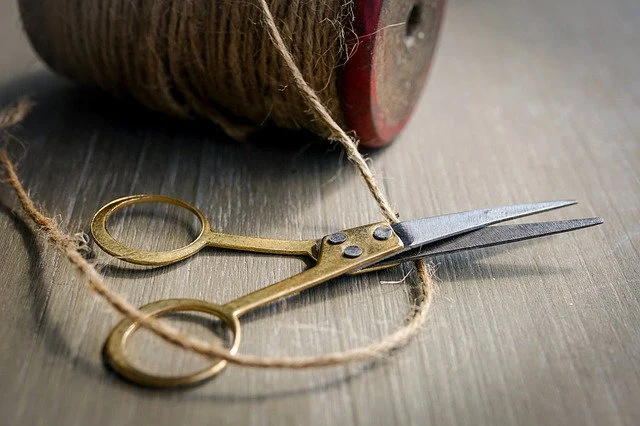In the digital age, where technological innovation shapes every facet of life, the cord cutting ritual has emerged as a transformative practice that redefines how we consume entertainment. Cord cutting refers to the deliberate act of severing ties with traditional cable or satellite TV subscriptions and embracing internet-based streaming platforms. Beyond being a mere change in entertainment preferences, cord cutting has evolved into a cultural phenomenon, complete with its own rituals, motivations, and implications. This article explores the intricacies of the cord cutting ritual, shedding light on its significance in the contemporary landscape.
1. Unveiling the Motivations
The decision to embark on the cord cutting journey is often fueled by a multitude of motivations. Chief among them is the pursuit of greater flexibility and control over content consumption. Cord cutters seek to curate their own entertainment experience by selecting streaming services that align with their interests. This desire for personalization stands as a fundamental motivation, enabling individuals to free themselves from the constraints of cable packages that offer a plethora of channels, many of which go unwatched.
2. The Preparation Phase
The cord cutting ritual typically commences with a preparatory phase, characterized by research, exploration, and decision-making. This phase involves evaluating the available streaming platforms, assessing the content libraries, and identifying the services that best cater to individual preferences. The process may entail comparing subscription costs, exploring compatibility with devices, and estimating the overall savings that cord cutting can bring.
3. Making the Cut
The actual moment of cord cutting is often symbolic, marking the transition from the old to the new. This step involves contacting cable providers to terminate subscriptions and potentially returning equipment. For many, this symbolic gesture holds emotional weight, as it represents a departure from a longstanding mode of entertainment consumption. Cutting the cord signifies a break from convention and a bold step into a new era of media consumption.
4. Embracing Streaming Services
Once the cord is cut, individuals embrace streaming services that align with their interests. This phase is marked by the installation of streaming apps on various devices, such as smart TVs, tablets, or smartphones. Users create accounts, set up preferences, and explore the vast array of content that streaming platforms offer. The newfound freedom to watch shows, movies, and documentaries at any time becomes a hallmark of the cord cutting experience.
5. Curating the Experience
Cord cutting empowers individuals to curate their entertainment experience in a way that was previously unimaginable. Users can create personalized watchlists, discover new content through algorithms, and tailor their viewing habits to suit their schedules. This personalized curation enhances the connection between viewers and their chosen content, transforming entertainment from a passive activity into an active engagement.
6. Navigating Challenges
While the cord cutting ritual offers numerous benefits, it also comes with its own set of challenges. Adapting to new technology, troubleshooting streaming issues, and adjusting to the absence of traditional live TV can pose difficulties. However, many cord cutters find that these challenges are outweighed by the freedom, flexibility, and cost savings that streaming platforms provide.
7. Redefining Social Interactions
The cord cutting ritual influences social interactions, as conversations about the latest TV shows, events, or news may evolve. Cord cutters may need to proactively seek out shared content to participate in conversations, potentially altering the dynamics of social engagement. On the flip side, the ritual can also foster connections with like-minded individuals who share similar streaming preferences.
In conclusion, the cord cutting ritual is more than just a change in entertainment habits; it’s a cultural phenomenon that signifies the evolution of media consumption. As individuals transition from traditional cable to streaming platforms, they embark on a journey marked by exploration, personalization, and adaptation. This ritual transforms how we engage with entertainment, shaping our relationship with media and technology in the modern world.








